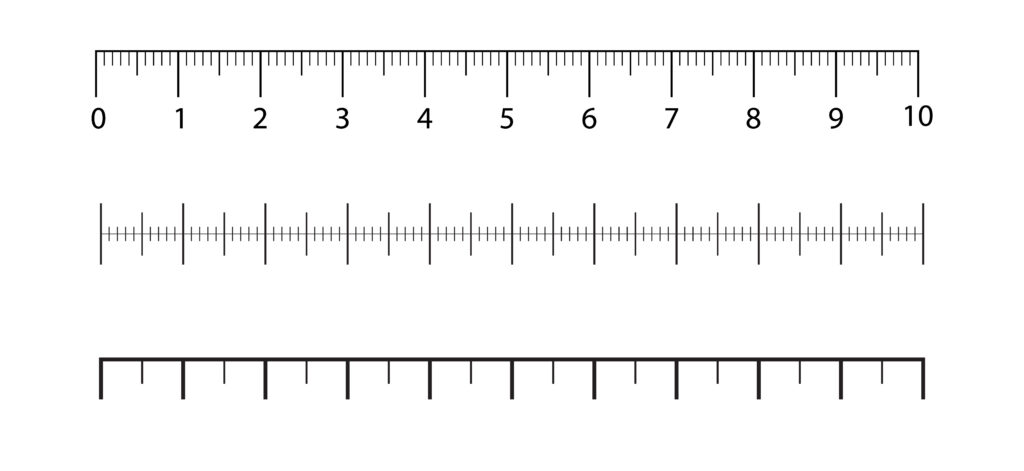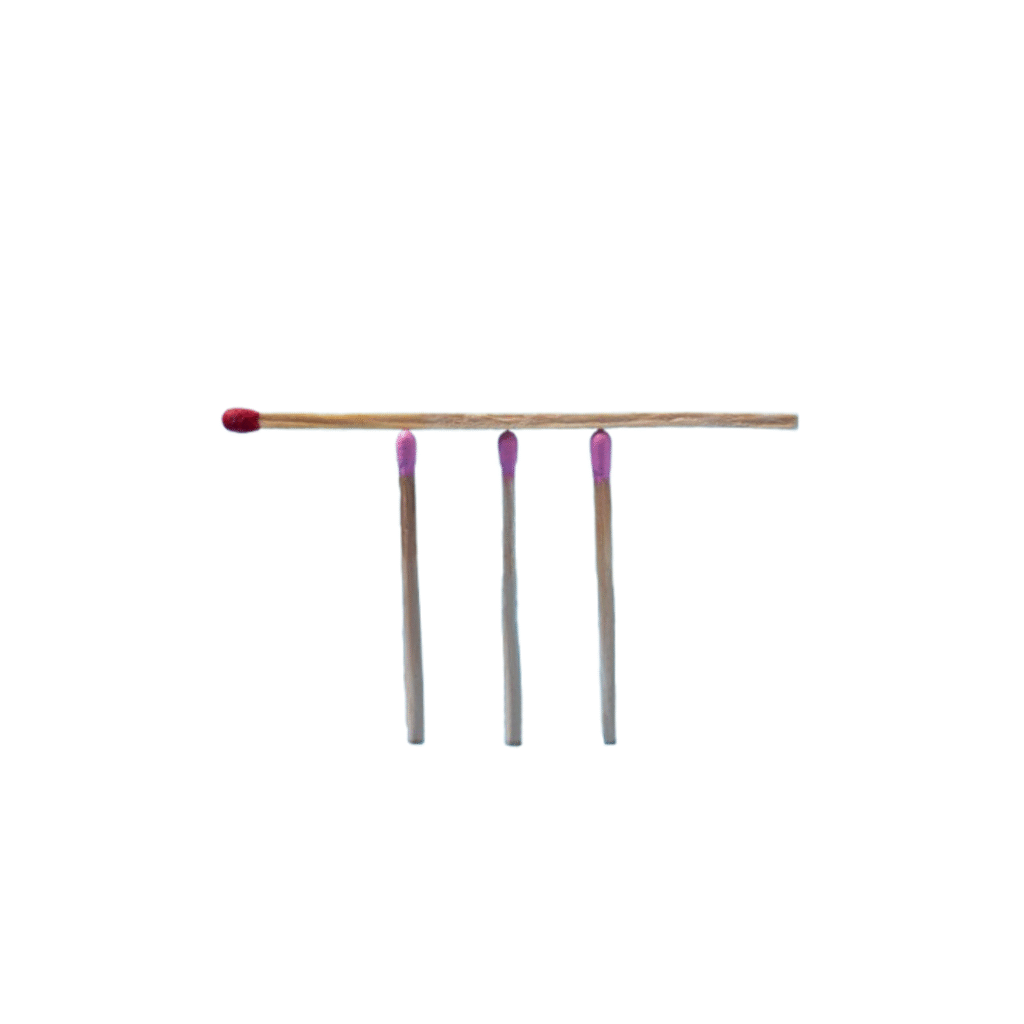A Tale of Three Intersecting Lines
Discover geometric principles through hands-on activities. Construct an equilateral triangle and find the shortest path in a 3D box.
Help & Instructions
▼- Triangle Construction: Use the virtual compass and ruler to construct an equilateral triangle with all sides 4 cm
- Shortest Path Challenge: Adjust box dimensions and find the shortest path between opposite corners
- Compare your solutions with the mathematical optimal paths
- Use the reset buttons to start over with new challenges
- Understand geometric construction techniques
- Learn about the properties of equilateral triangles
- Develop spatial reasoning skills for 3D problems
- Apply the Pythagorean theorem in three dimensions
Triangle Construction: Equilateral Triangle
Construct a triangle where all sides are exactly 4 cm long using a virtual compass and ruler.
Shortest Path in a Box!
Find the shortest path for a spider to walk from one corner of a box to the opposite corner.
These activities demonstrate fundamental geometric concepts. The triangle construction shows how circles and lines intersect to form precise shapes, while the shortest path problem illustrates how 3D geometry can be "unfolded" into 2D to find optimal solutions.
The Mathematics of Geometry
Geometric construction uses only a compass and straightedge to create precise figures:
- An equilateral triangle has all sides equal and all angles equal to 60°
- Circles help transfer distances accurately (compass function)
- Straight lines connect points (ruler function)
Finding the shortest path between opposite corners of a box:
- The direct 3D distance is calculated using the 3D Pythagorean theorem: √(l² + w² + h²)
- When moving along surfaces, we "unfold" the box to create a 2D net
- The shortest path is a straight line in the unfolded net
- There are three possible ways to unfold the box, each giving a different path length
These geometric principles have practical applications in:
- Architecture and engineering: Structural design and optimization
- Computer graphics: 3D modeling and animation
- Robotics: Path planning and navigation
- Logistics: Finding optimal routes and paths



